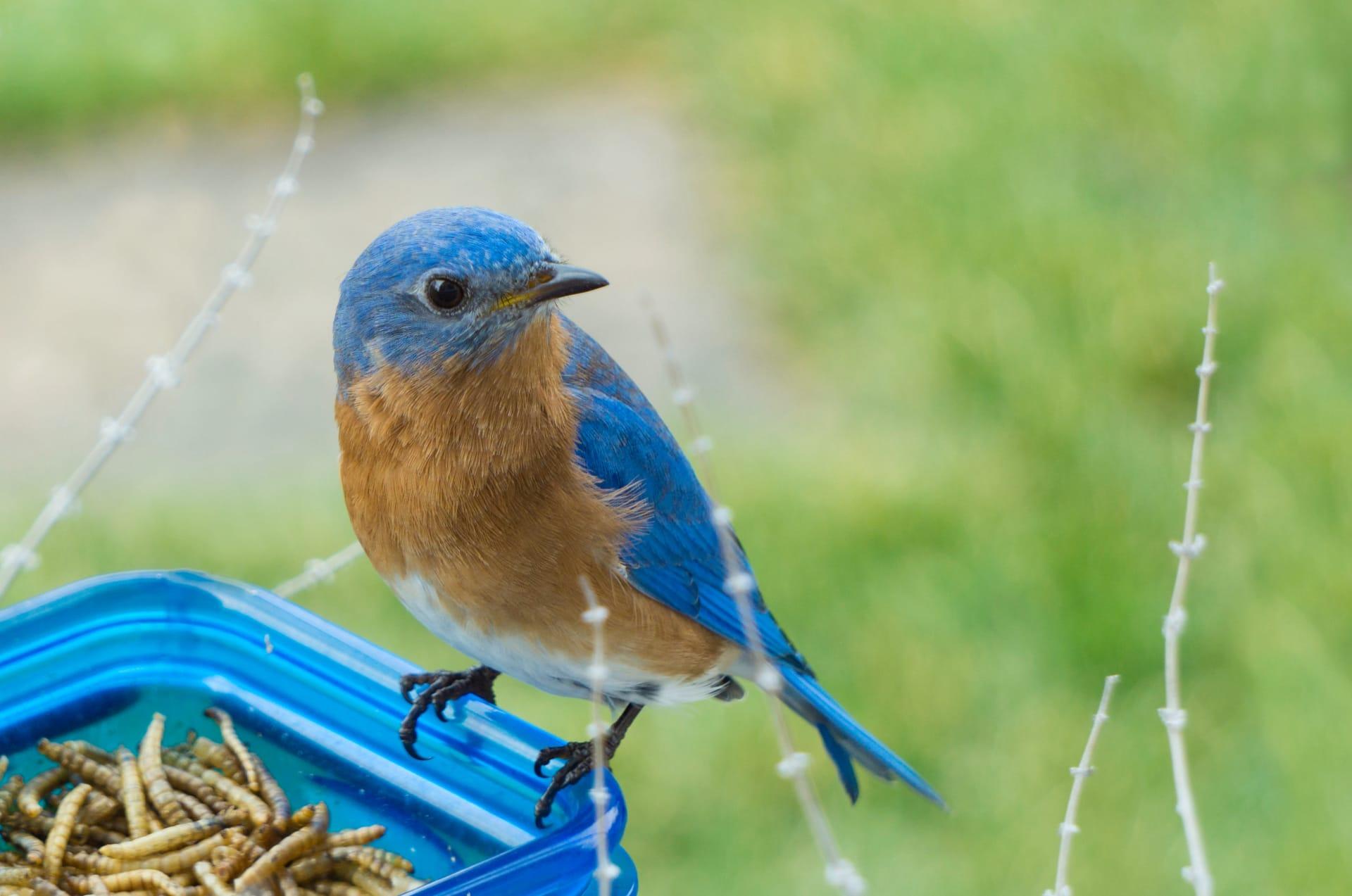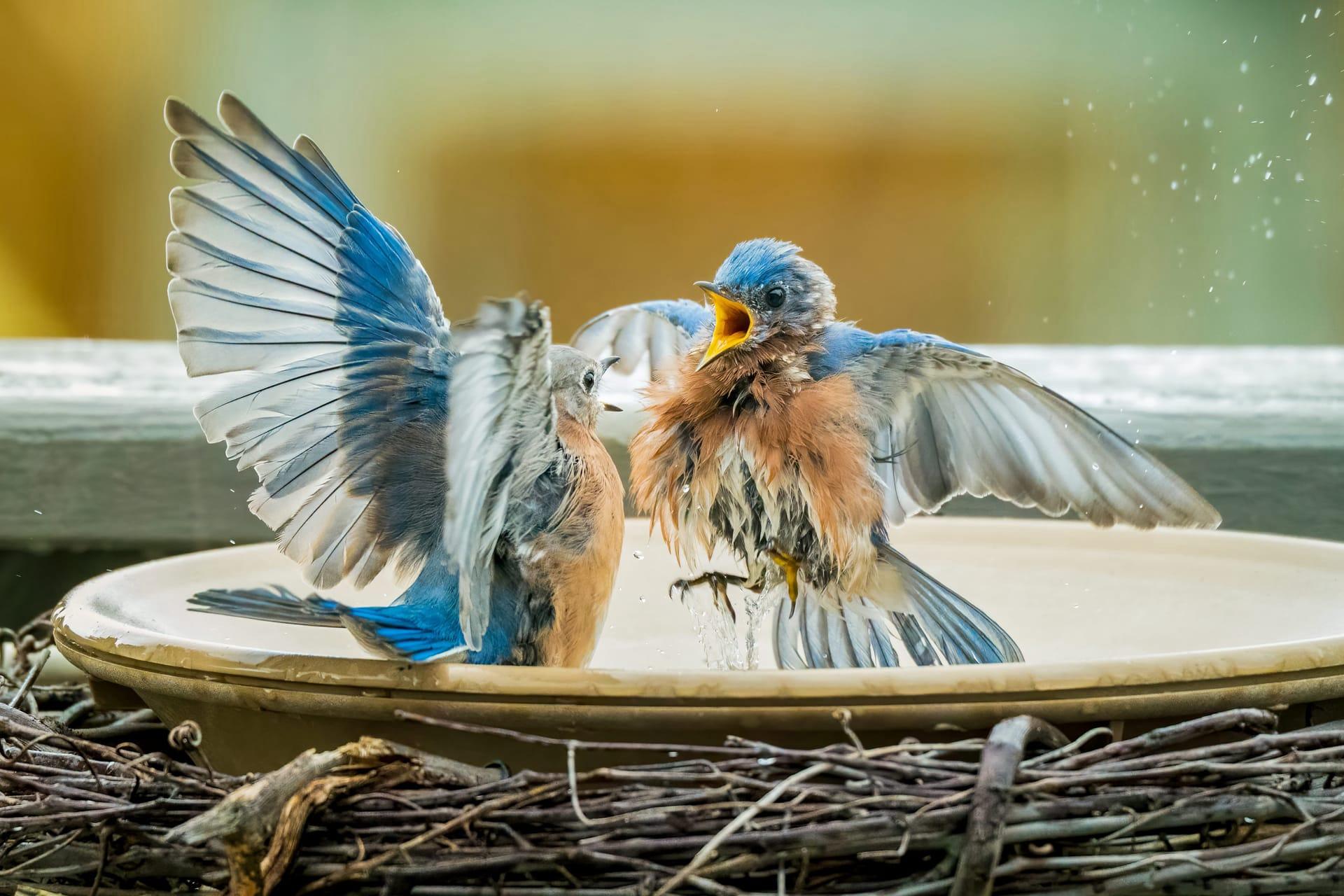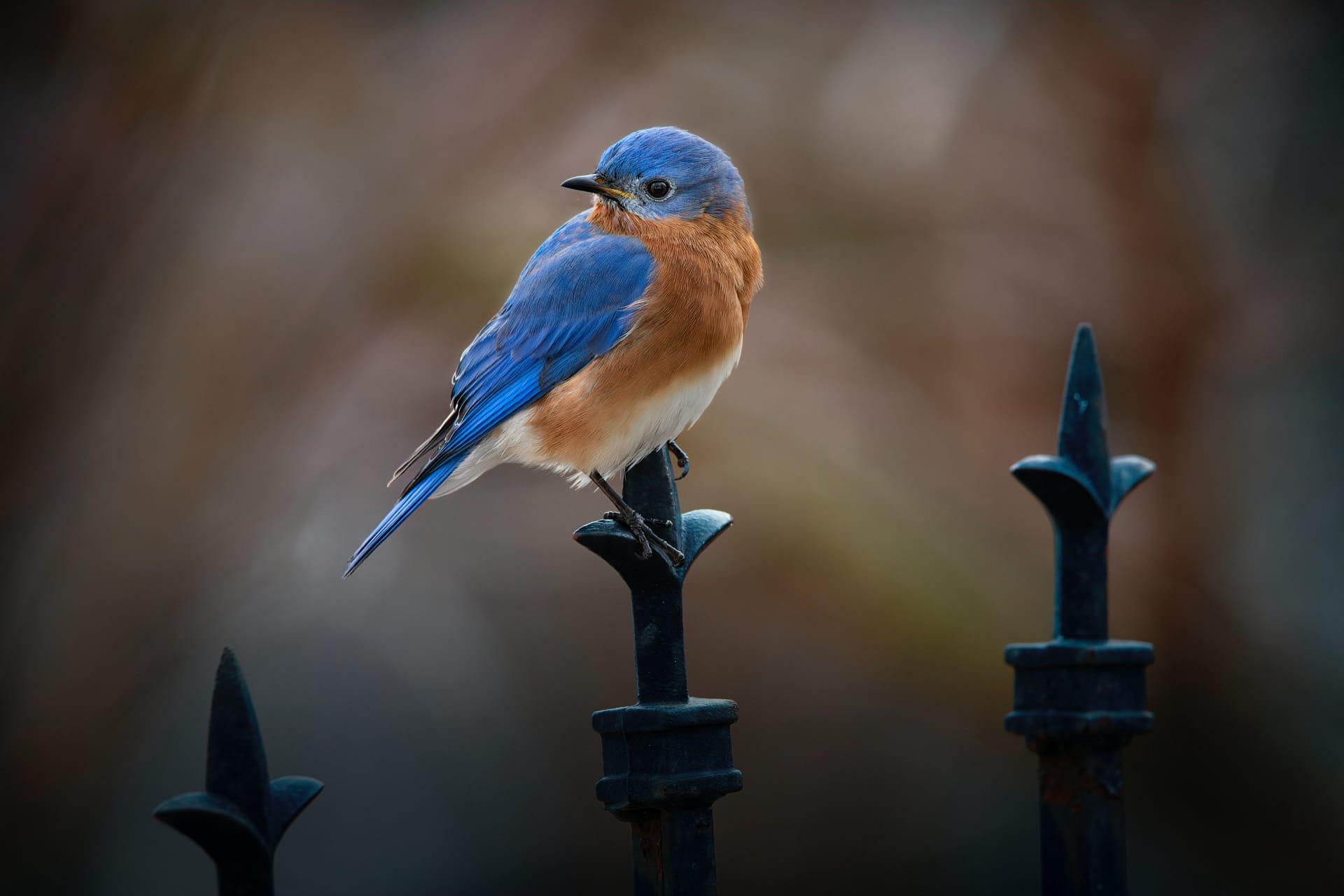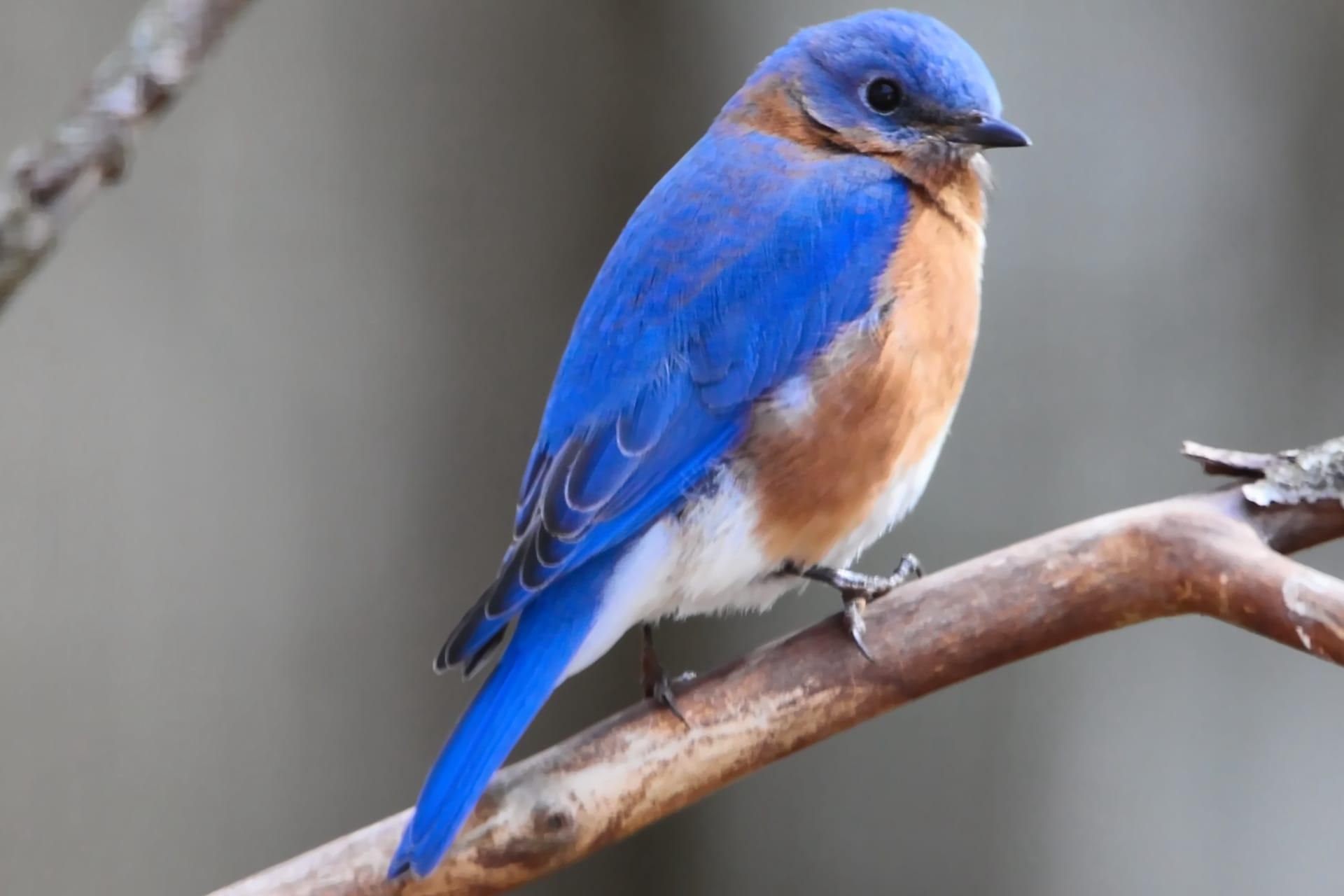Bluebird Characteristics
- Home /
- Mini Encyclopedia /
- Animal /
- Bluebird Characteristics
1
Bluebirds, a symbol of happiness in many cultures, are small to medium-sized birds known for their vibrant blue plumage. They typically measure about 6 to 8 inches in length and weigh around 1 to 1.5 ounces. The lifespan of a bluebird in the wild can vary, but on average, they live for about 6 to 10 years, though some have been known to live longer under optimal conditions.
One of the most distinctive organs of a bluebird is its syrinx, which is essentially the bird's voice box. Located at the base of a bird's trachea, it produces a variety of sounds used for communication. Unlike humans, the syrinx can produce two sounds at once, allowing bluebirds to sing complex and melodious tunes, which play a crucial role in territorial defense and mating.

2
Question: Why do bluebirds often appear in urban areas?
Answer: Bluebirds are frequently seen in urban and suburban areas due to their adaptability and the abundance of food sources and nesting sites. These environments provide ample insects and berries for their diet, and features like birdhouses offer safe nesting options. Additionally, the decrease in their natural predators in urban settings makes these areas attractive for bluebirds seeking a safe habitat.

3
Bluebirds are agile flyers with a flight speed of about 17 to 20 miles per hour. They exhibit a unique flying pattern, consisting of rapid wing beats followed by short gliding phases. This flight style helps them conserve energy during long journeys and enhances their maneuverability while foraging for food.
In terms of hunting, bluebirds are primarily insectivorous. They employ a 'sit-and-wait' strategy, perching on a high vantage point to spot prey before swooping down to capture it. Their diet mainly consists of insects like caterpillars, beetles, and grasshoppers, supplemented by fruits and berries. This dietary preference plays a vital role in controlling insect populations in their habitats.

4
Bluebirds prefer open fields and woodlands as their natural habitats, often near water sources. They thrive in areas with a mix of trees and open ground, which provide ample feeding opportunities and nesting sites. Their preference for semi-open habitats explains their frequent presence in suburban settings, golf courses, and farmlands.
Reproduction is a significant part of the bluebird's life cycle. They are monogamous during a breeding season but may choose different partners in subsequent years. Nest building is typically a joint effort, with females primarily constructing the nest. They lay between 3 to 7 eggs per clutch, and the incubation period lasts about two weeks. Parent bluebirds are known for their diligent care in feeding and protecting their young until they are ready to fledge.

5
Book: "The Bluebird: How You Can Help Its Fight for Survival" by Lawrence Zeleny. This American book, published in the 1970s, is written by ornithologist Lawrence Zeleny. It offers an insightful look into the bluebird's biology, habitat, and the conservation efforts required to protect this charming species. Zeleny's work is credited with sparking a bluebird conservation movement in North America.
Book: "Bluebirds and Their Survival" by Wayne H. Davis and Barbara A. McEwan. This comprehensive book, published in the United States in the 1990s, delves into the life history of bluebirds. It combines scientific research with practical advice on how to create and maintain habitats conducive to the survival and prosperity of bluebirds. The authors' dedication to bluebird conservation is evident throughout the book.